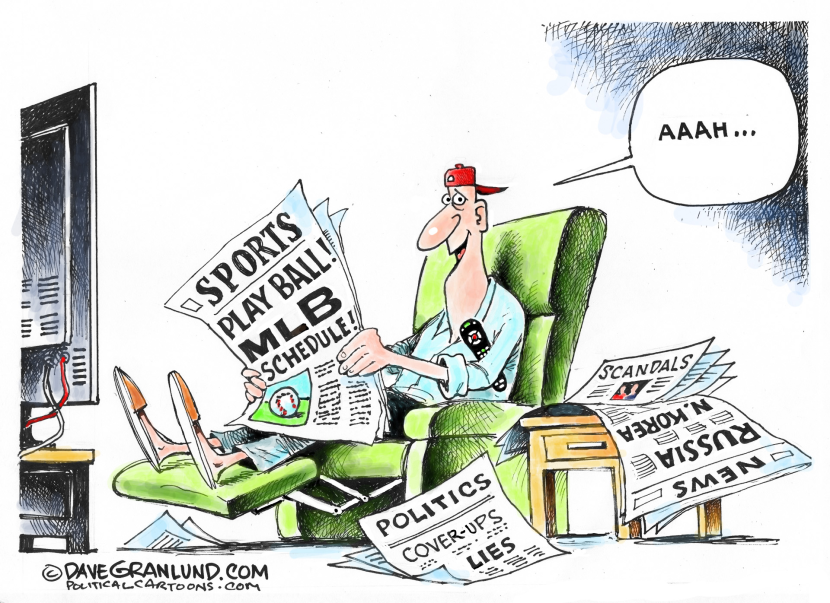
Subscribers Only Content
High resolution image downloads are available to subscribers only.
Not a subscriber? Try one of the following options:
OUR SERVICES PAY-PER-USE LICENSINGFREE TRIAL
Get A Free 30 Day Trial.
No Obligation. No Automatic Rebilling. No Risk.
Over the years, I’ve somewhat softened my position on sabermetrics.
Baseball’s analytics crowd puts out some valuable information, although most of it remains beyond comprehension. For example, no one truly understands EqA, a batters’ equivalent average that measures hitter independent of ballpark and league effects. VORP, a players’ value over his replacement, is a mystery. These formulas belong in high school math, not at the old ballpark.
Annoyingly, sabermetricians have a holier-than-thou attitude toward dinosaur fans like me. The most self-satisfied of them might be surprised to learn that they haven’t invented sliced bread.
The first sabermetrician was second baseman Johnny “the Crab” Evers, who developed his baseball theories more than 100 years ago when he was a vital cog in the Chicago Cubs’ 1907 and 1908 World Series championship teams. Evers earned his nickname because of the way he slid across the infield to gobble up hot ground balls, and also because of his rotten personality. The 5-foot-9, 125-pound crab – part of the brilliant Tinker-to-Evers-to-Chance double play combination – had a nasty disposition, and was often at odds with opponents, teammates and umpires.
After being traded to the Boston Braves, teammate Rabbit Maranville said of Evers: “He’d make you want to punch him.”
Evers, considered one of the headiest players of his or any other era, parsed baseball statistics before the first radio broadcast, long before television, and eons before computers became a fixture in every American home. Evers operated differently. After the games and gorging on candy bars to keep his mind keen, Evers took pencil to paper, and charted pivotal plays in that day’s contest. Every night, the bedside companions of the obsessive Evers were baseball rule books, the evening editions of the daily newspapers with the day’s final box scores, and baseball’s bible, the Sporting News.
When Evers co-authored “Touching Second,” first published in 1912, his book included numerous geometric diagrams designed to show how fielders should position themselves for batters in different hitting situations. Evers, baseball’s first student of the inside game, insisted that the percentages of getting a batter out must be based on “defensive angles.” The book’s subtitle, which includes references to “the science of baseball” and “its development into an exact mathematical sport,” reveals a lot about Evers’ commitment to analytics.
As Evers wrote: The more intensely baseball is studied, “The geometry of the game becomes more complex. As Mr. Euclid, who invented diamonds would say: ‘If X covers 24 feet with his arms and legs and 18 with his brain, Y, the baserunner is out provided Z, the umpire does not call him safe.”
Although he had only average career batting statistics – .270 over 18 years – Evers was clutch when it mattered most. In both the 1907 and 1908 World Series, he hit .350. After being traded to the Boston Braves in 1914, Evers hit .438 in the World Series against the Philadelphia Athletics.
Evers displayed his leadership qualities that year as the Braves, 25-40 on July 4, rallied to win the pennant and swept the heavily favored A’s. By that time, Evers was baseball’s highest paid player, $11,000, and the Chalmers Award winner, the equivalent of today’s Most Valuable Player. Later, Evers had two stints at managing the Cubs, and one with the crosstown White Sox. Along with Rick Renteria a century later, Evers is one of two men who managed both Chicago franchises.
In 1946, the Hall of Fame elected all three of the famous early 20th century Cubs infielders – Tinker, Evers and first baseman, Frank Chance, the “Peerless Leader.” By that time, Evers had reconciled with Tinker. Despite their smooth as silk fielding and their shared determination to Cubs’ winning, the two had an acrimonious personal relationship, and didn’t speak for years.
One year later at age 65 and after suffering a stroke that left him debilitated for life, an emotionally and physically exhausted Evers died in Albany, New York. But not before paving the way for today’s sabermetricians.
–
Joe Guzzardi is a Society for American Baseball Research and Internet Baseball Writers Association member. Contact Joe at [email protected].